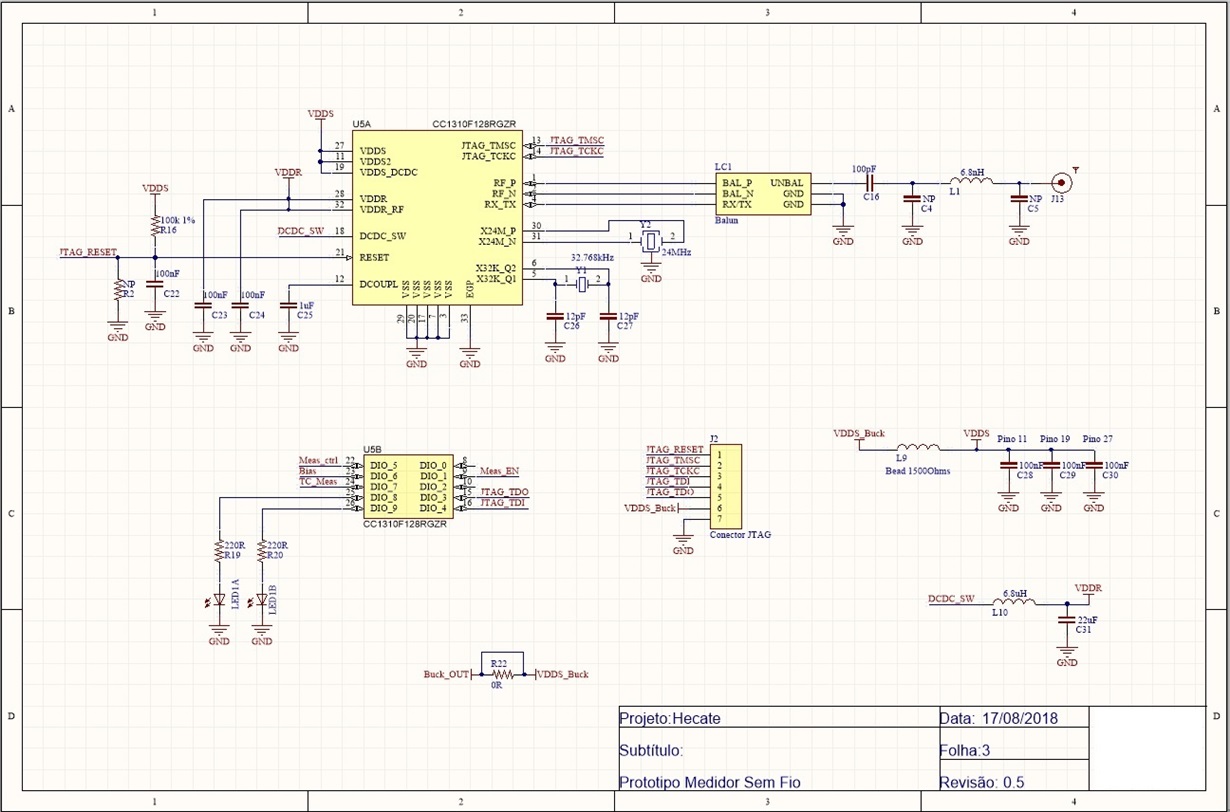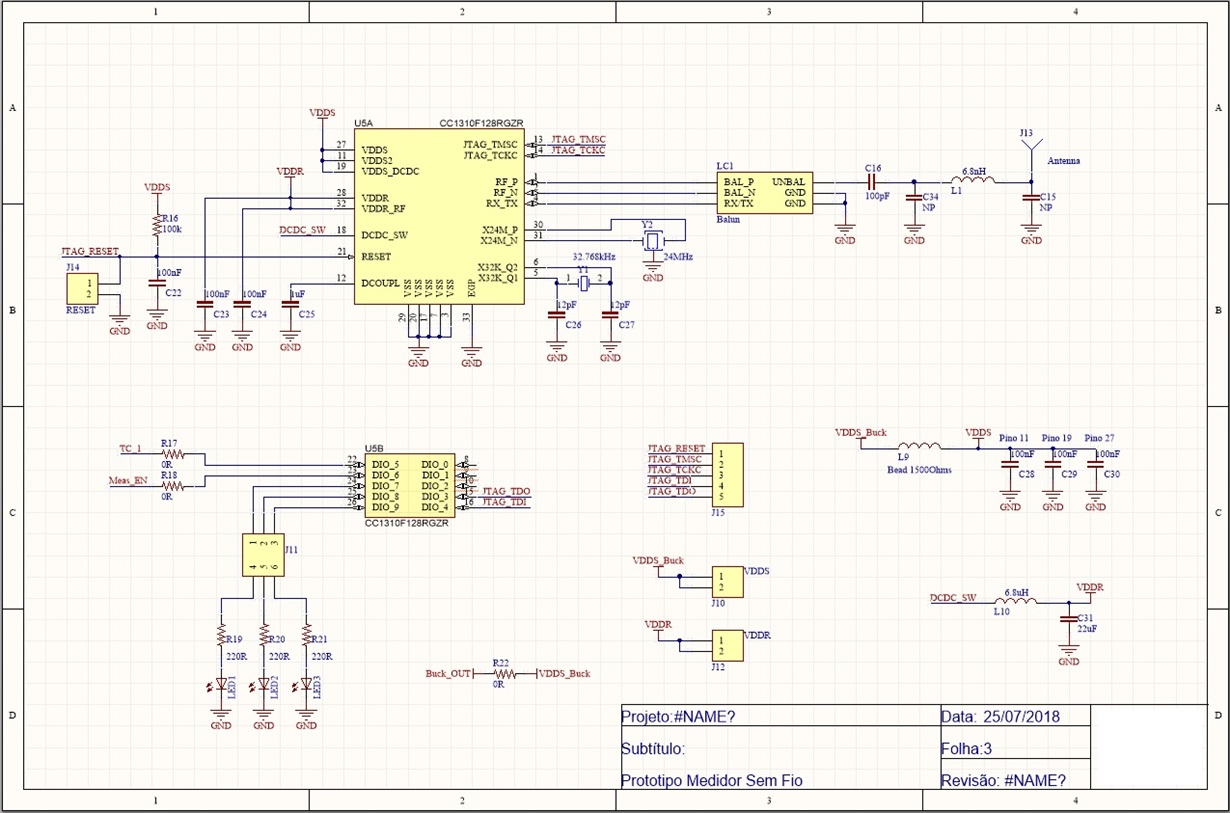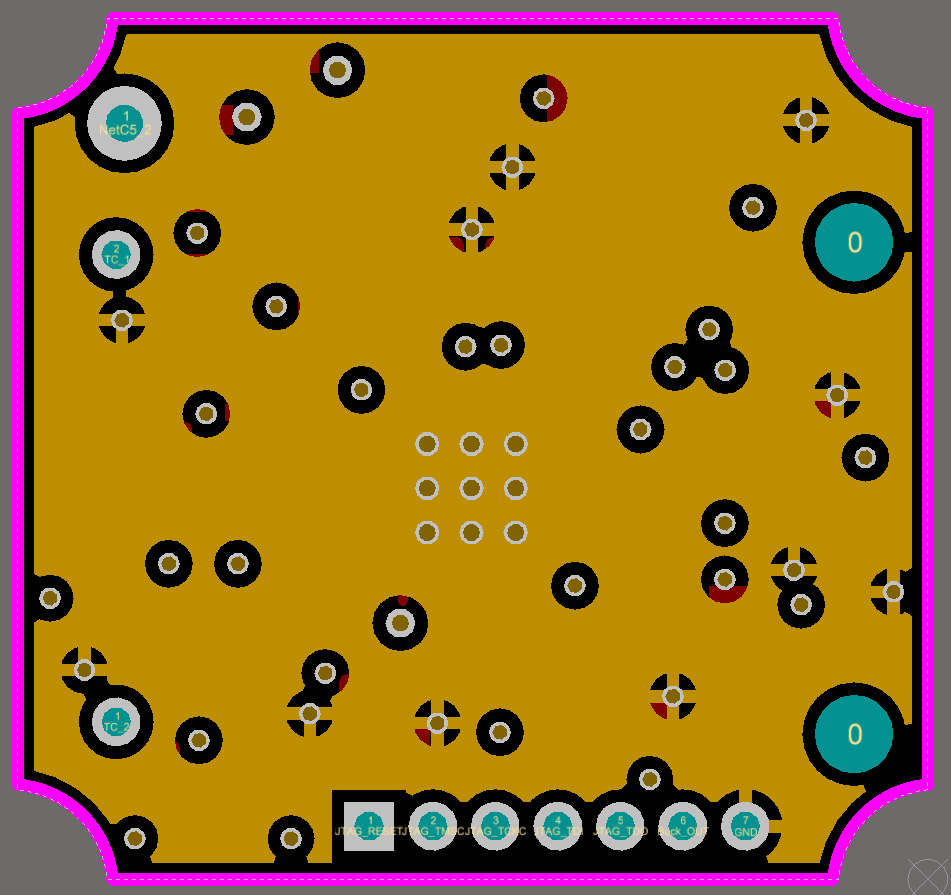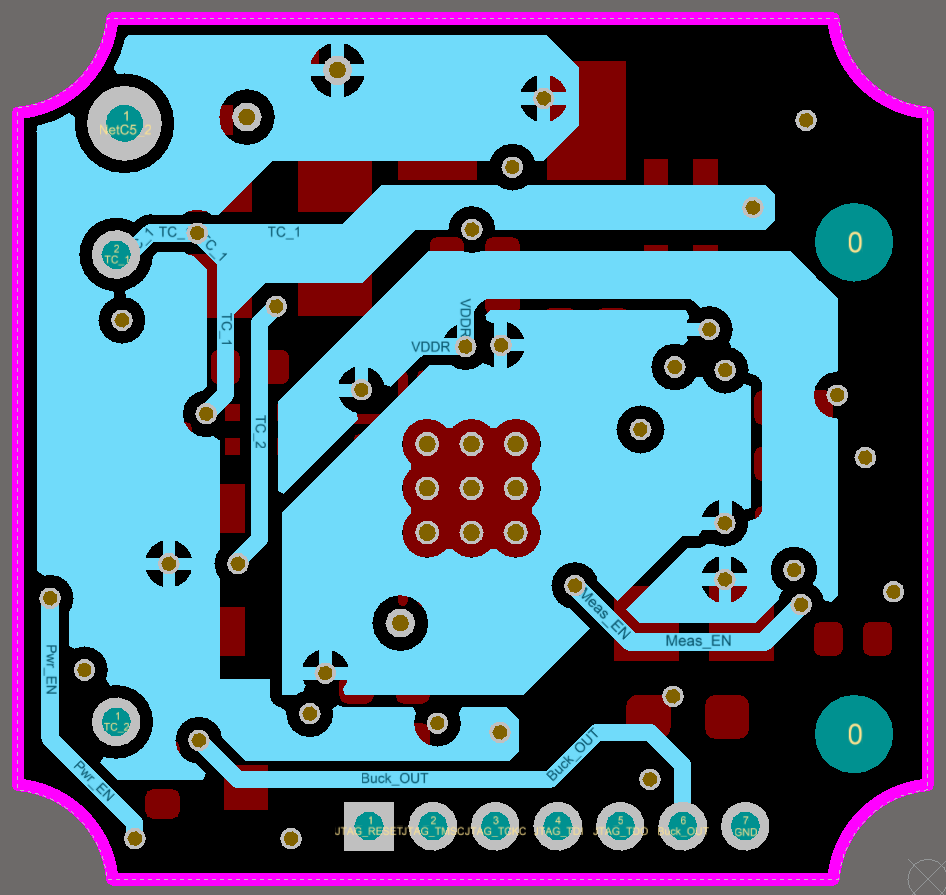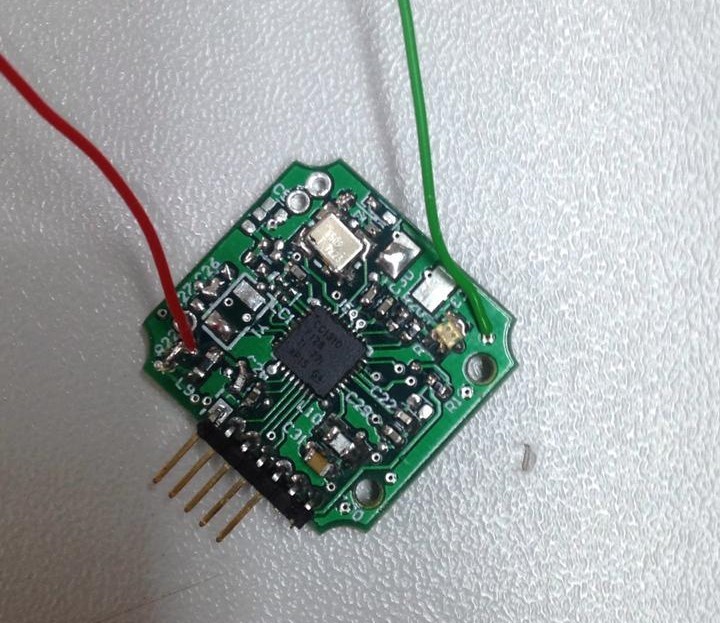Following my last post, I'm designing a wireless sensor powered by energy harvesting. So low current consumption is a must.
I successfully designed a prototype board with similar measurements compared to LP. Reaching something around 3uA in standby.
The problem is with my miniature board... It was designed from the same schematic as my prototype board, but in a much smaller 4 layers PCB.
I'm using the same part number for all critical components (the same from the reference LP design). But consumption is about 600uA.
I'm totally lost here.
The firmware is exactly the same. Schematic has only small differences on DIO, but I unmounted any components connected to CC1310, making both boards virtually the same.
Layout is obvious different but, theoretically, it was better designed in the miniature version.
I've already tried to swap the CC1310 from both boards, but nothing happened.
I've just found a big difference on the signal of DCDC_SW pin.
- On the LP, I measured a sawtooth-like signal of really low frequency, of about ~1Hz. I'm assuming this is the ideal case.
- On my prototype board, I've got also a sawtooth-like signal, but with frequency of about 50Hz.
- On my miniature board, switching is happening so fast that I cannot see the sawtooth, but voltage after the inductor looks beautifully plain, at 1,67V.
I've tried to disable the DCDC from ccfg.
In this configuration, current raised to about 900uA in the miniature board and to about 150uA on the prototype.
Anyone has any idea to what might be happening?
I'm almost calling for black magic (just kidding).



